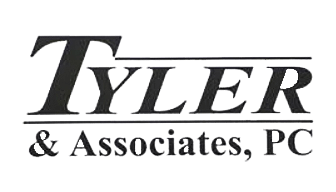In many industries in Iowa, personal protective equipment has saved many lives. You might be interested and even excited to learn more about the rapid advances in technology. Similar to your FitBit that tracks the number of steps you walk and steps you climb, the quality of your sleep and more, or your smartwatch that can record your vital signs such as your heart rate, smart PPE is becoming available to protect employee safety. Smart helmets, environmental monitoring garments and other developments may soon be part of prescribed safety requirements.
However, it is not plain sailing, and there are many challenges to overcome. Downsides include the steep learning curve that might be more challenging for older workers. Furthermore, responsible parties have not established minimum standards and performance requirements for smart PPE devices, and traditional systems must remain in place as backups.
How does smart PPE work?
Smart, wearable personal protective equipment has internet connections, linked to tablets, Bluetooth or other software, onto which it downloads safety information in real time. Along with limiting hazard exposure, the PPE can also gather data, deliver notifications, and adjust to external and internal conditions automatically. The data the devices collect allows analysis that is more effective, which is invaluable in the safety planning process.
Examples of smart PPE use in different industries
Industries that already use smart PPE include oil and gas, mining, transportation and manufacturing. Depending on the industry in which you work, you might soon find yourself wearing some of the following devices to keep you safe:
- Smart communication devices: Facemasks, earmuffs and helmets can improve sight and protect your hearing when you work in environments with low visibility and excessive noise.
- Environmental sensors: Measuring and monitoring of the levels of chemicals, gas, sound, heat, impact, UV and other exposures is possible with embedded sensors in your clothing.
- Smart heating and cooling elements: Wearing garments equipped with these elements, you will be safe from dangerous external and body temperatures.
- Light-emitting garments: Wearing a light-emitting safety vest will improve your visibility.
- Active PPE devices: An example is laser-enabled emergency stop devices as part of lockout/tagout systems to prevent unanticipated activation of equipment while you do repairs, maintenance or cleaning.
- Smart location devices: If you work in the mining industry, your employers can monitor your location if you have such a device with you.
- Fatigue monitors: If you are a long-haul trucker, a fatigue monitor can detect the signs of drowsy driving and prevent micro-sleeps that could put you at risk.
- Smart gas mask: As a firefighter, you will be much safer if you wear a gas mask fitted with a thermal camera.
It might be some time before people are widely using smart PPE because the current costs of these devices put it out of the reach of smaller businesses.
In the meantime…
Until smart PPE becomes the norm in Iowa industries, you might fall victim to a workplace injury that puts you in the hospital for an extended period. How will you cope with the medical expenses and the lost wages? Fortunately, an experienced workers’ compensation attorney in Bettendorf can assist with the benefits claims process in pursuit of compensation to cover those unanticipated financial expenses.

